
Powiedz znajomym o tym przedmiocie:
A General Introduction to Psychoanalysis: A set of lectures given by Psychoanalyst and founder of the Psychoanalytic theory Sigmund Freud, offering an elementary stock-taking of his views of the unconscious, psychoanalysis, dreams, and the theory of neuro
Sigmund Freud
A General Introduction to Psychoanalysis: A set of lectures given by Psychoanalyst and founder of the Psychoanalytic theory Sigmund Freud, offering an elementary stock-taking of his views of the unconscious, psychoanalysis, dreams, and the theory of neuro
Sigmund Freud
Introduction to Psychoanalysis or Introductory Lectures on Psycho-Analysis (German: Vorlesungen zur Einführung in die Psychoanalyse) is a set of lectures given by Sigmund Freud, the founder of psychoanalysis, in 1915-1917 (published 1916-1917). The 28 lectures offer an elementary stock-taking of his views of the unconscious, dreams, and the theory of neuroses at the time of writing, as well as offering some new technical material to the more advanced reader. The lectures became the most popular and widely translated of his works. However, some of the positions outlined in Introduction to Psychoanalysis would subsequently be altered or revised in Freud's later work; and in 1932 he offered a second set of seven lectures numbered from 29-35 - New Introductory Lectures on Psychoanalysis - as complement (though these were never read aloud and featured a different, sometimes more polemical style of presentation.) In his three-part Introductory Lectures, by beginning with a discussion of Freudian slips in the first part, moving on to dreams in the second, and only tackling the neuroses in the third, Freud succeeded in presenting his ideas as firmly grounded in the common-sense world of everyday experience. Making full use of the lecture-form, Freud was able to engage in a lively polemic with his audience, constantly engaging the reader/listener in a discussion, so as to take on their views and deal with their possible objections.[4] The work allows the reader acquainted with the concepts of Freud to trace the logic of his arguments afresh and follow his conclusions, backed as they were with examples from life and from clinical practice. But Freud also identified elements of his theory requiring further elaboration, as well as bringing in new material, for example on symbolism and primal fantasies, taking up with the latter a train of thought he would continue in his re-working of The Wolfman. In the New Introductory Lectures, those on dreams and anxiety/instinctual life offered clear accounts of Freud's latest thinking, while the role of the Superego received an update in lecture 31. More popular treatments of occultism, psychoanalytic applications and its status as a science helped complete the volume.
394 pages
| Media | Książki Paperback Book (Książka z miękką okładką i klejonym grzbietem) |
| Wydane | 20 października 2020 |
| ISBN13 | 9782382740491 |
| Wydawcy | Les Prairies Numeriques |
| Strony | 394 |
| Wymiary | 148 × 210 × 25 mm · 422 g |
| Język | English |
| Tłumacz | Hall, G Stanley |
Więcej od Sigmund Freud
Inni również kupili
Zobacz wszystko od Sigmund Freud ( np. Paperback Book , Book , Hardcover Book , Sewn Spine Book i CD )

 Świąteczne prezenty można zwracać do 31 stycznia
Świąteczne prezenty można zwracać do 31 stycznia


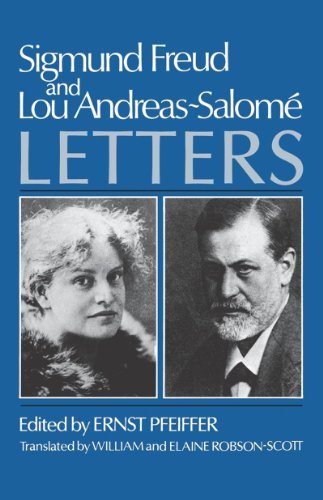
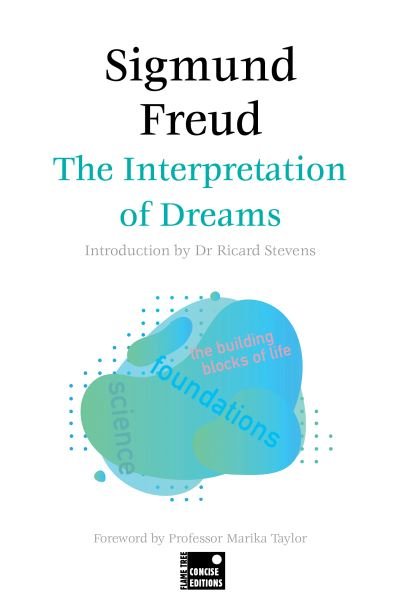
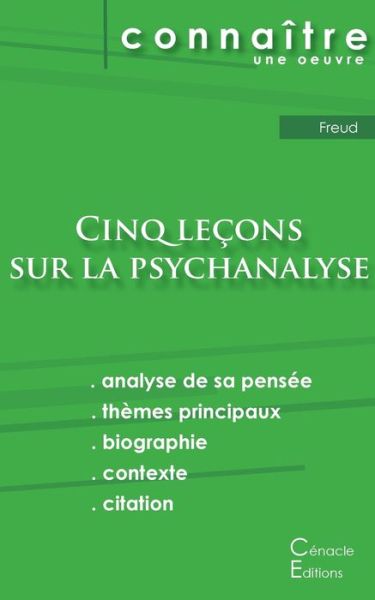
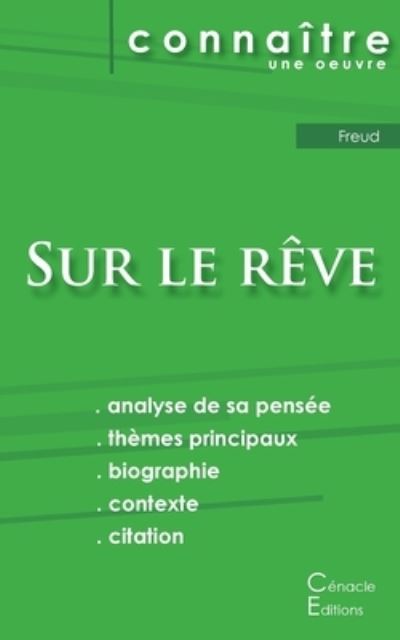


















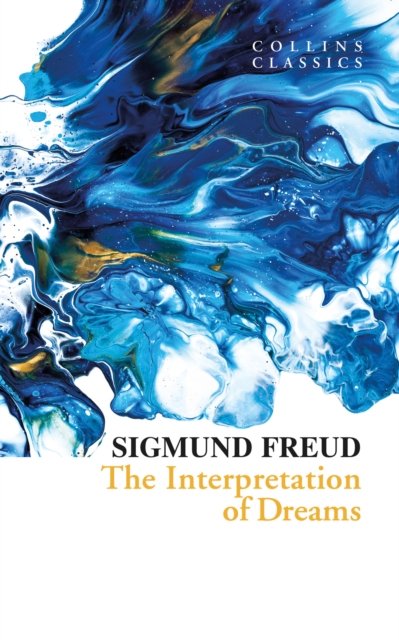

![Cover for Sigmund Freud · Klassikere: Kærlighedslivets psykologi. En illusions fremtid (Sewn Spine Book) [2. wydanie] (2023)](https://imusic.b-cdn.net/images/item/original/608/9788702401608.jpg?sigmund-freud-2023-klassikere-kaerlighedslivets-psykologi-en-illusions-fremtid-sewn-spine-book&class=scaled&v=1676490063)

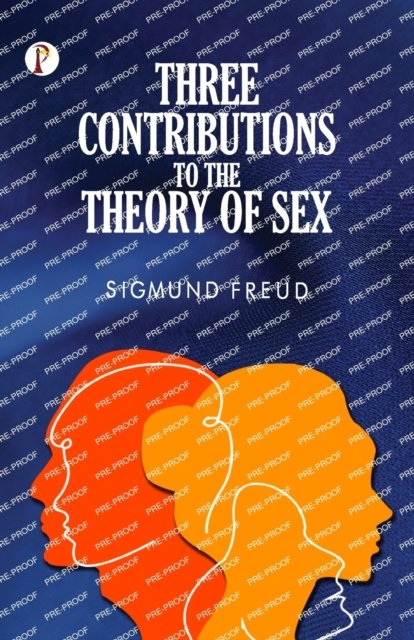


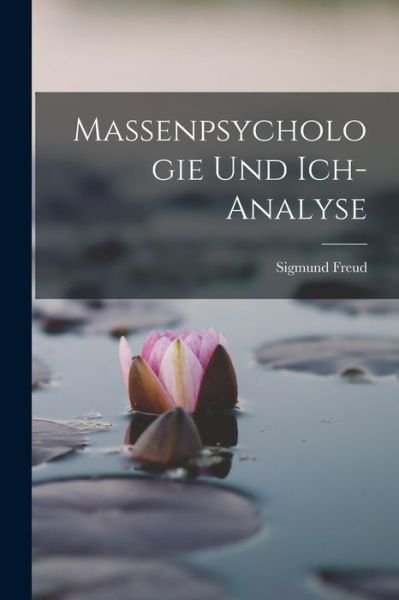


![Cover for Carol J. Clover · Men, Women, and Chain Saws: Gender in the Modern Horror Film - Updated Edition - Princeton Classics (Paperback Book) [Updated edition] (2015)](https://imusic.b-cdn.net/images/item/original/292/9780691166292.jpg?carol-j-clover-2015-men-women-and-chain-saws-gender-in-the-modern-horror-film-updated-edition-princeton-classics-paperback-book&class=scaled&v=1512986150)
![Cover for Paul Auster · The New York Trilogy: Faber Modern Classics (Paperback Book) [Main - Faber Modern Classics edition] (2015)](https://imusic.b-cdn.net/images/item/original/800/9780571322800.jpg?paul-auster-2015-the-new-york-trilogy-faber-modern-classics-paperback-book&class=scaled&v=1458467501)
![Cover for Peter Sloterdijk · Klassikere: Kritik af den kyniske fornuft (Sewn Spine Book) [2. wydanie] (2021)](https://imusic.b-cdn.net/images/item/original/636/9788741278636.jpg?peter-sloterdijk-2021-klassikere-kritik-af-den-kyniske-fornuft-sewn-spine-book&class=scaled&v=1637988840)
![Cover for Paulo Freire · Pedagogy of the Oppressed - Penguin Modern Classics (Paperback Book) [Reissue edition] (2017)](https://imusic.b-cdn.net/images/item/original/111/9780241301111.jpg?paulo-freire-2017-pedagogy-of-the-oppressed-penguin-modern-classics-paperback-book&class=scaled&v=1496010927)


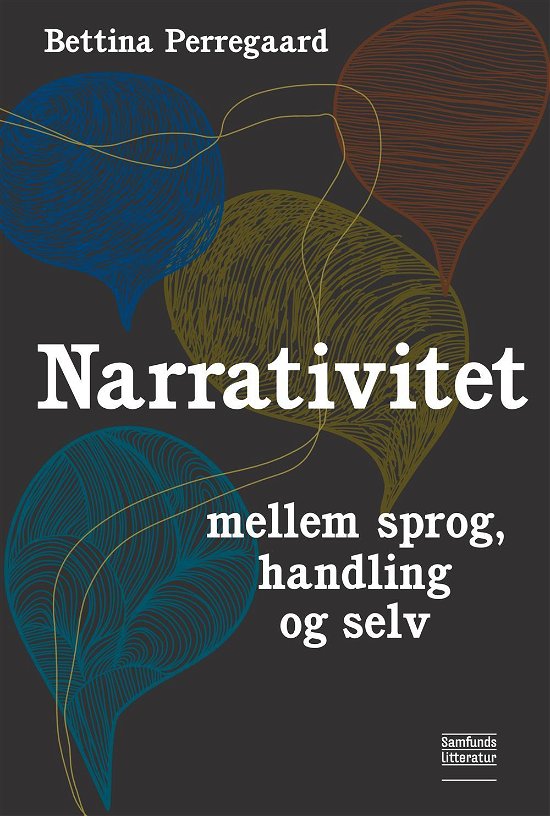
![Cover for Frédéric Gros · Gå! (Sewn Spine Book) [1. wydanie] [Indbundet] (2015)](https://imusic.b-cdn.net/images/item/original/098/9788774672098.jpg?frederic-gros-2015-gaa-sewn-spine-book&class=scaled&v=1431037653)

![Cover for David Graeber · Debt: The First 5000 Years (Paperback Book) [2 Revised edition] (2014)](https://imusic.b-cdn.net/images/item/original/196/9781612194196.jpg?david-graeber-2014-debt-the-first-5000-years-paperback-book&class=scaled&v=1414474350)




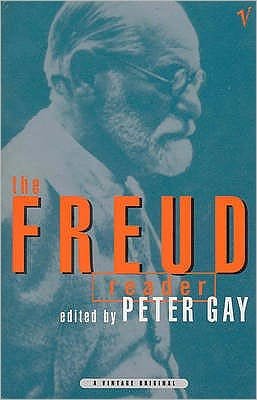
![Cover for Peter Nielsen · Med fortællingen går jeg i døden (Sewn Spine Book) [1. wydanie] (2021)](https://imusic.b-cdn.net/images/item/original/410/9788793772410.jpg?peter-nielsen-2021-med-fortaellingen-gaar-jeg-i-doeden-sewn-spine-book&class=scaled&v=1614026718)